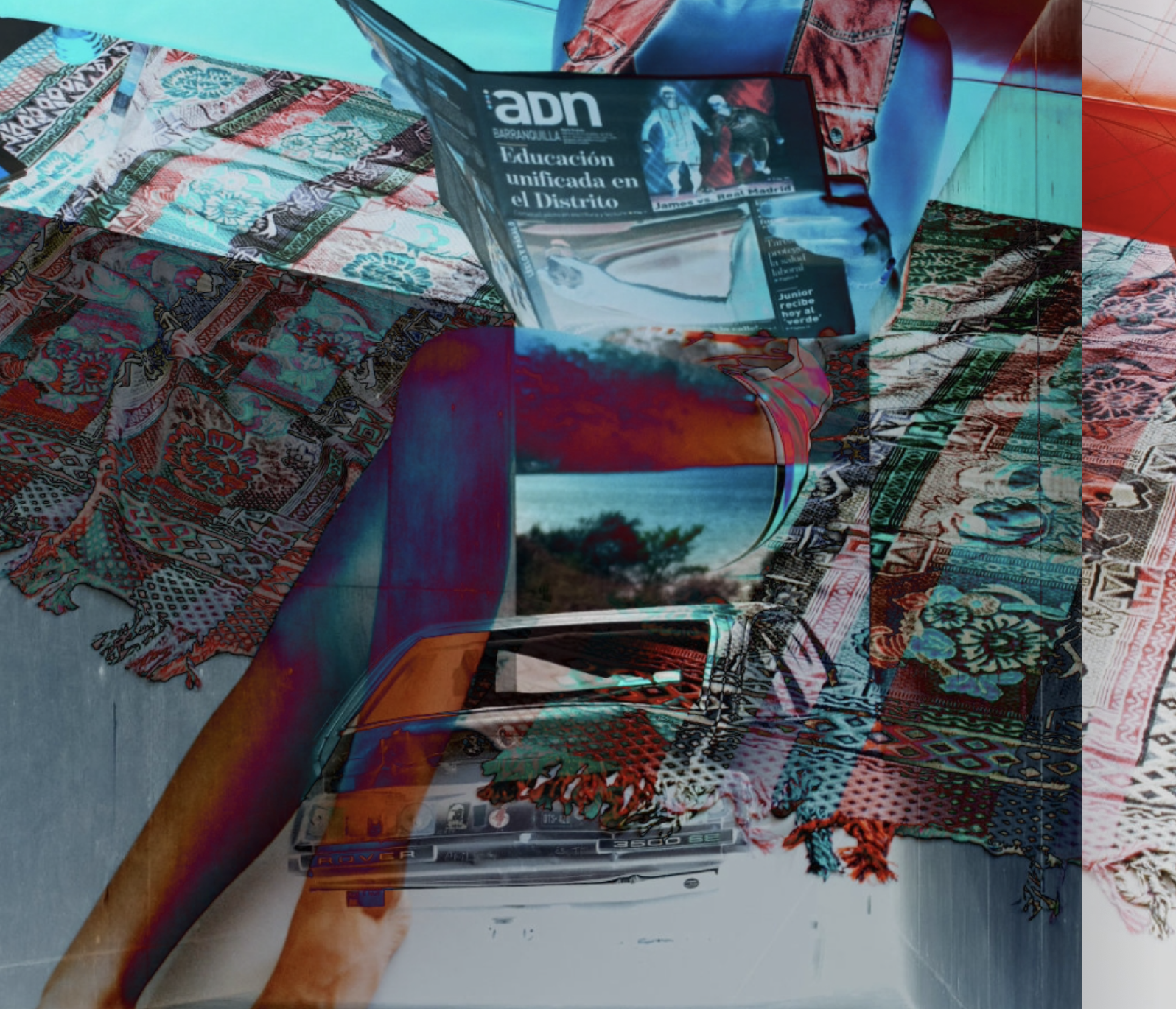Being funny in a foreign language: a return to origin?
By Mia Romanoff
When The 1975's released their newest album this October, Being Funny in a Foreign Language, many were expecting the album to launch the band into a new era both musically and stylistically. However, it seems that the album returns to their origins in many ways. Their first album, The 1975, came after years of name changes and failed releases. Publications like Pitchfork and Rollingstone were quick to deem the album messy, unfocused, and derivative, yet it was this very album that managed to create a cohesive internet fanbase. Whether it was the angsty pop-rock or the aggressive branding, The 1975 were able to carve out a space for themselves in the music world – then change this space with every subsequent album. Each album since their debut begins with a self-titled track that defines the tone for their new era, playing into the idea that each album acts as a reintroduction to the band.
It is impossible to talk about the origins of The 1975 without talking about tumblr. The band dominated the social media site and was able to use the platform to launch itself into global stardom. The band was adopted as a signifier of a larger aesthetic that included wearing fishnets and doc martens, posting pictures of teenagers running through the streets, and listening to bands like The Arctic Monkeys, Vampire Weekend, and, of course, The 1975. The band played into this image, allowing them to become the spokespeople for teenage angst. Though slightly younger than the main fan base in this era, I can remember staying up all hours of the night scrolling through my Tumblr feed, wanting to grow up to be the girl in the ‘Robbers’ music video: effortlessly cool, fighting with my rockstar boyfriend. Even when the music talked about wild and even dangerous lives that existed far outside my tween reality, it never felt like there would be any negative consequences to chasing these adventures. Whether by the band or by the fans, the 1975 was creating a blueprint of cool to aspire to and one that was near impossible not to fall for.
Their first album seemed tailor-made for this group of teens obsessed with romanticizing their pain, dissatisfaction, and unhealthy coping mechanisms. Switching between heavy synths and punchy guitar, the album manages not to get dragged down by its heavy content. Lyrically, the sentiment that permeates the album is, “you're young, you're alive, do drugs, have sex.” The tracks convey this message while being simultaneously melodramatic and apathetic. Tracks like ‘Girls’, where petty fights and mundane smoke seshes are heightened by teenage desperation and the conflation of sex and salvation, showcase this aesthetic.
As indie-sleaze and tumblr aesthetics begin to come back into fashion as part of the trend cycle, Being Funny in a Foreign Language feels perfectly timed as the band returns to the forefront of the cultural zeitgeist. Despite not engaging with the interpersonal angst that drew teenagers to their first album, The 1975 reengages this demographic by bridging the emotional distance caused by today’s internet. Being Funny in a Foreign Language showcases a stylistic and thematic maturation and critiques the very internet culture that originally made them famous. This aggressively public internet culture, however, is intensely personal to today's teens, as social media becomes the main way in which they are forced to negotiate their social lives and identities. In a post-pandemic world, where young people just aren't partying like they used to, Being Funny stays inside with them.
This return to origin is two fold: there is both a call back to their early pared down aesthetics and a desire to return to their previous societal position as the band that relates to teens’ current state and then guides them. In the case of the latter, the desire to recenter themselves as the heart of teenage culture can be seen in their choice of producer. Whereas their self-titled album, as well as subsequent projects, were produced by Mike Crossey, who also worked on several of The Arctic Monkeys and Two Door Cinema Club's projects, Being Funny is the product of Taylor Swift's favorite, Jack Antonoff. Antonoff has become somewhat of a celebrity producer over the past few years due to his work on projects of Taylor Swift, Lana del Rey, Clario, and more. Having Antonoff in the credits of a project is enough to ensure internet attention, but it is also the induction into a cultural grouping, jokingly dubbed the "Jack Antonoff Cinematic Universe." For The 1975, the change in producers feels less like a divergence from previous musical projects and more like an attempt to occupy the same position they did in 2013 as a member of a relevant and influential circle of musicians.
In terms of aesthetics, the band has abandoned the bubble gum pink of I like it when you sleep, for you are so beautiful yet unaware of it and the neon yellow of Notes On A Conditional Form opting to go back to black and white, not just for the album cover but for almost all promotional materials. The visual cohesion of their Instagram feels appropriate given the focused nature of the album itself, and yet it's hard to ignore the similarities with the glowing black and white images that dominated tumblr feeds back in the day. Ultimately, Being Funny in a Foreign Language manages to be a tribute to their early days without being a regression, making it one of their best albums to date.

